If you’re a first-time cruiser, you might feel overwhelmed by the amount of cruise lingo that seems to be spoken by the crew and seasoned travelers. To help you navigate the cruise world, we’ve put together a list of 65 terms and phrases used on cruise ships and what they mean.
Cruise Lingo: 65 Common Cruise Terms and What They Mean
Cruise Ship Lingo
1. Bridge
The bridge on a cruise ship is the control center, where the captain and the ship’s officers navigate the vessel. It is usually located on an upper deck at the front of the ship and offers a panoramic view of the surrounding ocean.
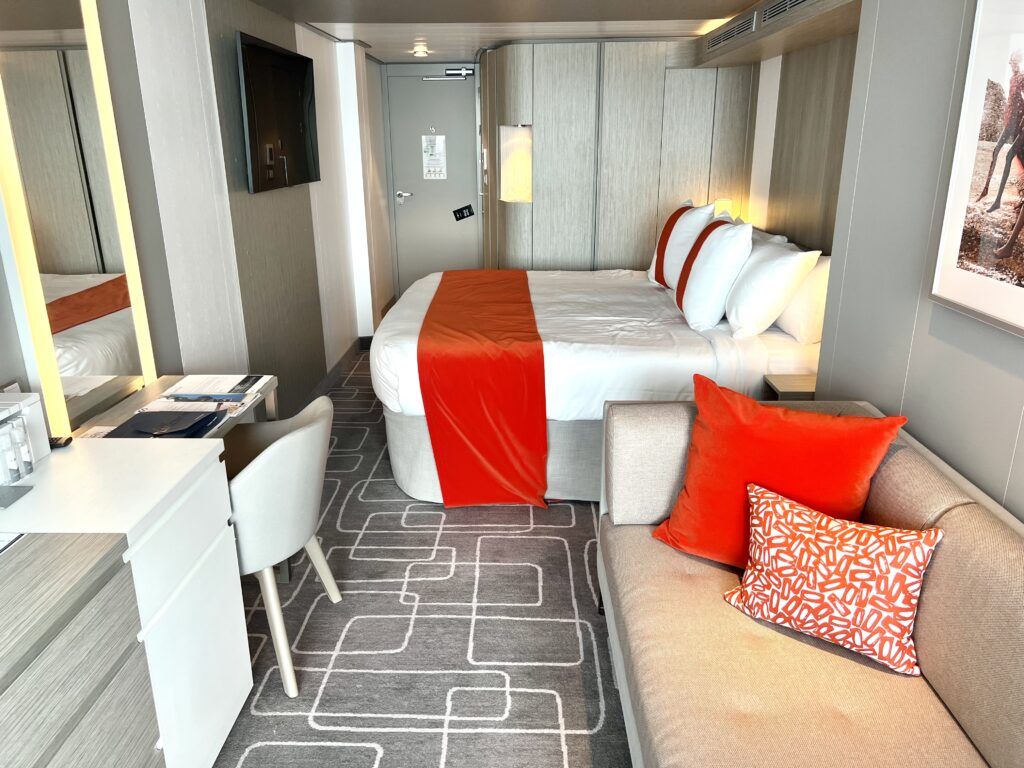
2. Cabin
A cabin is the private living space for passengers on a cruise ship. Cruise cabins have various layouts and square footage based on the category you choose. Standard cabins come with some basic amenities including a bed, a bathroom with a shower, a closet or storage space, a desk or vanity, and a TV.
3. Stateroom
A stateroom is more common cruise lingo used to refer to a cabin on the ship.
EXCLUSIVE SAVINGS: Get the Top Cruise Deals Now!
4. Deck
A cruise ship deck is essentially the same as a level or floor in a hotel or other building. Decks are usually identified by a number or name and are accessible by stairs and/or an elevator.
5. Lido Deck
The Lido Deck is the deck of the cruise ship where the pool and other outdoor activities are located. This is where most of the outdoor fun occurs, from sail away parties, to belly flop contests, and more.
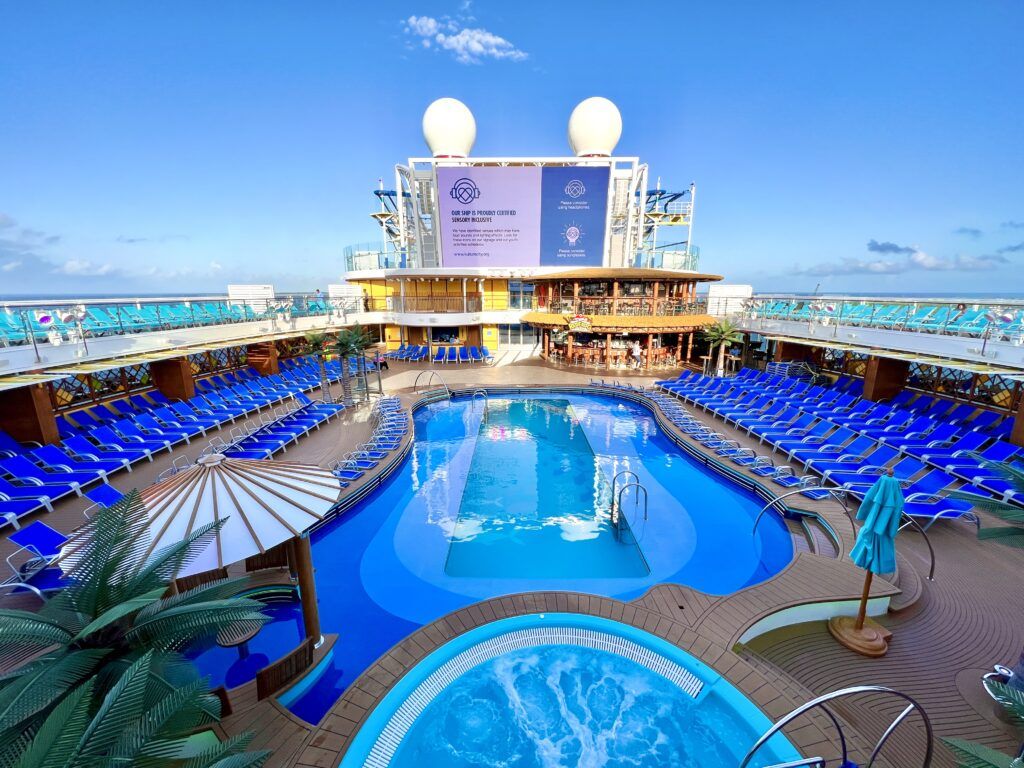
6. Promenade Deck
The Promenade Deck is the deck that encircles the ship, often used for walking or jogging. This deck is usually located closer to sea level and can also be referred to as the Waterfront on some cruise lines.
7. Deck Plans
The ship’s deck plans are a diagram of the ship that shows the layout of each deck, as well as the location of cabins and all the public venues on the ship. The deck plans are great reference points to help you navigate your cruise ship like a pro.
8. Porthole
A porthole is common cruise lingo for a circular window on the ship. Some cabins have portholes, and you may also find these windows on the interior public decks.
9. Galley
The galley is the term used when referring to the kitchen on a cruise ship. Some cruise lines offer behind-the-scenes tours where you can visit this area, though it is usually off-limits to passengers.
10. Muster Drill
A muster drill is a mandatory safety drill that takes place at the beginning of each cruise. All passengers must complete this maritime safety requirement. Many cruise lines now offer “e-muster” drills, where you complete a majority of the drill by watching a video on your cruise line app or cabin television.
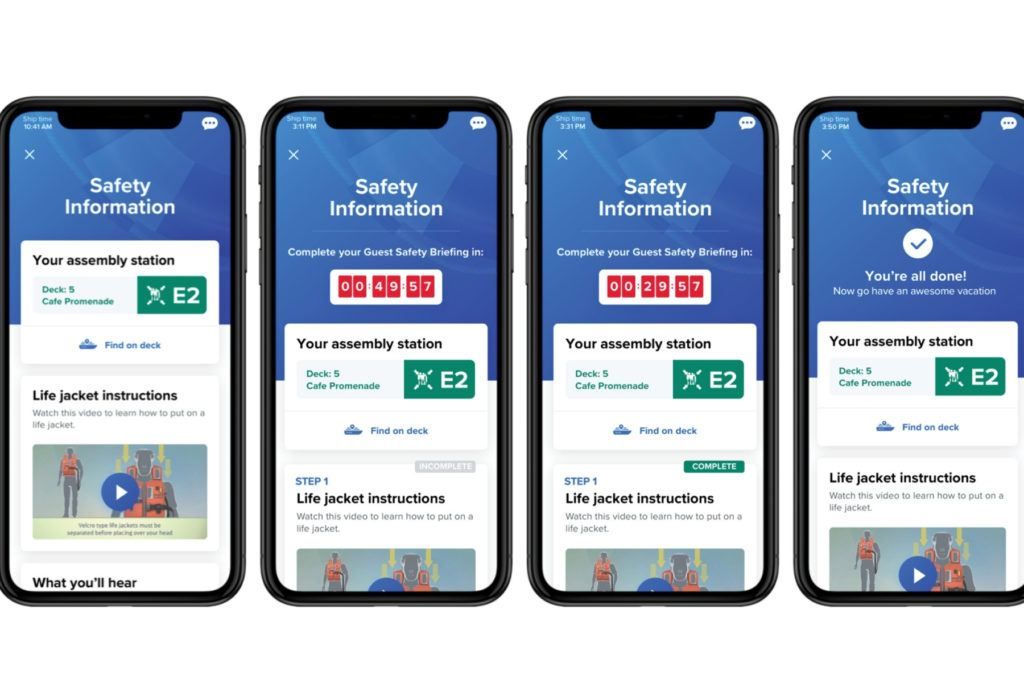
11. Muster Station
A muster station on a cruise ship is a designated location where passengers must assemble in case of an emergency. During your muster drill, you will need to check-in at your muster station, so you know where to go in the event of an emergency. These stations are usually located on the passenger decks, and your specific station is clearly marked on your keycard and stateroom door.
12. Azipod
An azipod is a type of propulsion system used on modern cruise ships that features a pod with a propeller that can rotate 360 degrees for increased maneuverability. They are more fuel-efficient and environmentally friendly, as they generate less noise and vibration. They also allow ships to move more quickly and easily in tight spaces and adverse weather conditions.
13. Stabilizers
Stabilizers are devices used to reduce the ship’s movement and increase stability, especially in rough seas. They work by reducing the rolling and pitching motion of the ship, which can help to prevent seasickness and make the cruise more comfortable for passengers. Stabilizers can also improve the safety of the ship by reducing the risk of capsizing.
14. Passenger Manifest
A passenger manifest is a list of all the passengers on the ship. It lists the names, nationalities, and other personal details of all the passengers and crew members onboard the ship. It is essentially a complete record of everyone who is traveling on the ship at any given time. The passenger manifest is also used by immigration and customs officials when the ship arrives at its ports of call.
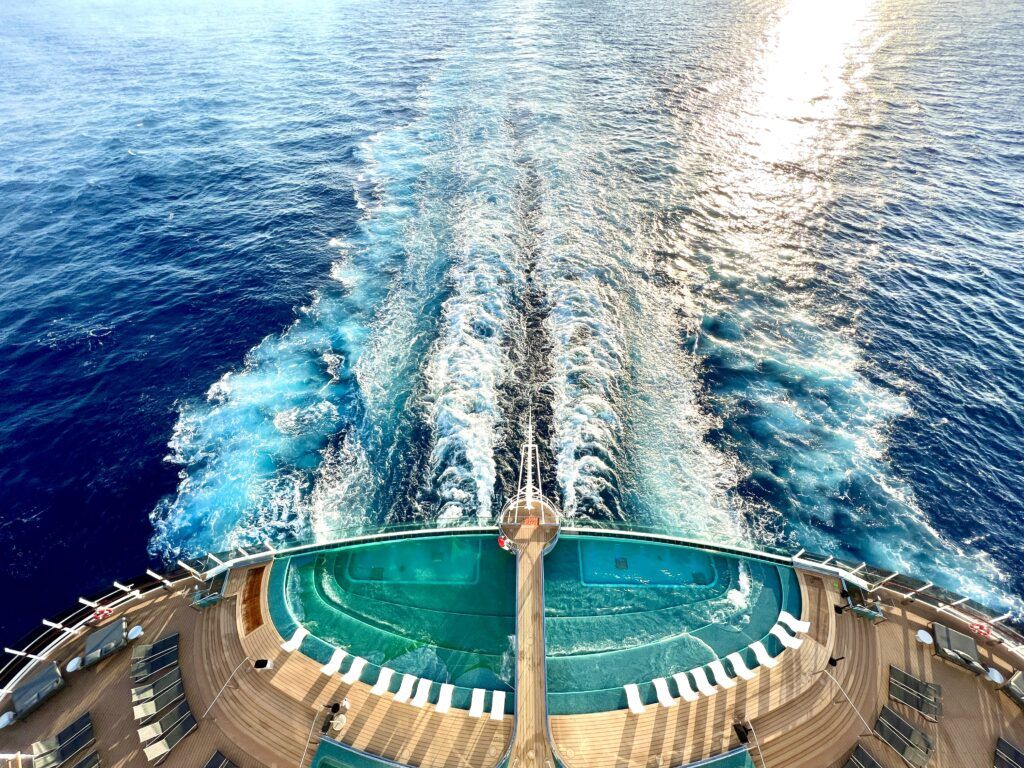
15. Wake
A ship’s wake is the visible trail of disturbed water that is left behind a moving vessel as it travels through the water. Wake views are some of the most desirable on a cruise ship, often with aft-located bars and lounges to admire the views.
16. Knot
A knot is a unit of speed at which ships travel. It is equal to one nautical mile per hour.
17. Dry Dock
A dry dock is a facility where the ship can be taken out of the water for repairs and maintenance. Cruise ships will routinely go into dry dock for upgrades and enhancements in addition to routine maintenance.
18. Refurbishment
A refurbishment is the process of renovating an existing ship to improve its functionality, aesthetics, and overall performance. A ship undergoing refurbishment is taken out of service for a period of time to enter dry dock for upgrades. Cruise lines can use various terms to designate that a ship has undergone recent renovations, like Royal Caribbean’s “amplification”.
SCORE BIG WITH THESE CRUISE DEALS!
Directional Cruise Lingo
19. Aft
Aft is a directional term that refers to the back of the ship. This term is referenced frequently, including when picking out stateroom locations on a cruise ship.
20. Forward
The opposite of aft is forward. Forward is the directional cruise lingo for the front of the ship. Again, this term is often referenced when picking out your cruise ship cabin or when giving directions to venues on the ship.
21. Bow
The bow of the ship is located at the very front of the vessel and is the part that cuts through the water as it moves forward.
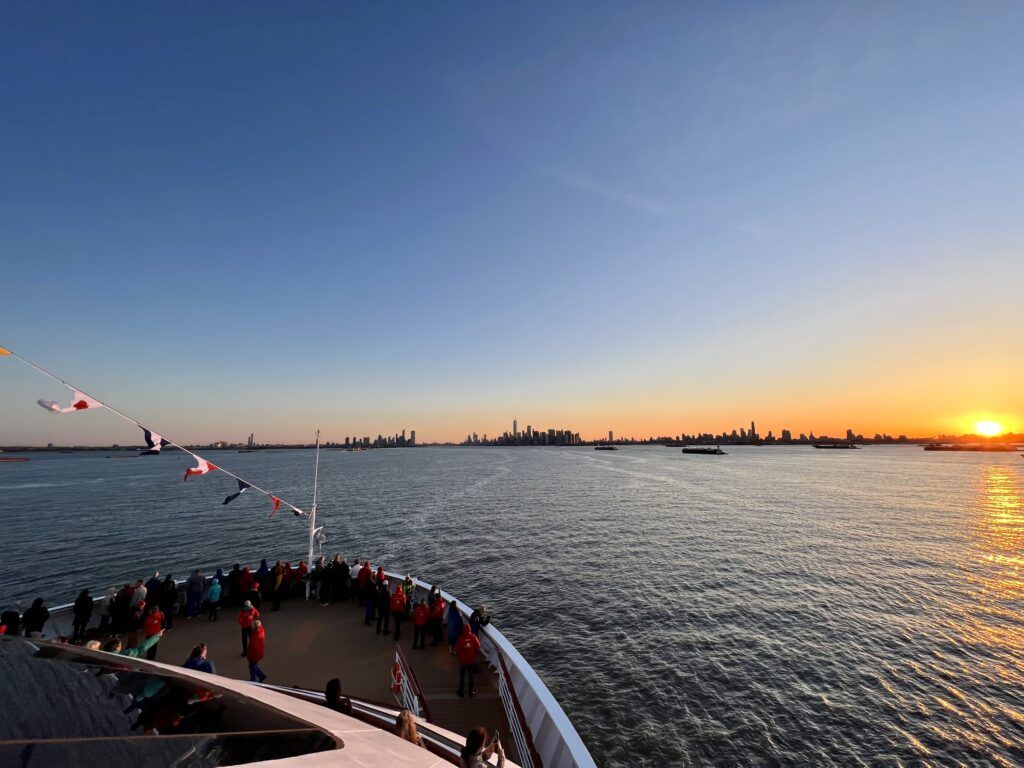
22. Stern
The opposite of the bow is the stern. The stern is the complete rear of the ship. It is usually flatter and wider in shape than the bow.
23. Midship
As the name implies, midship refers to the middle part of the ship. When reviewing cabin locations, midship cabins are the most desirable especially for those who are prone to seasickness on a cruise. You will usually feel the least motion here.
24. Port
Port or Portside is the left side of the ship when facing forward. Portside and starboard side are terms that you will hear quite frequently on a cruise. This is especially true when there are wildlife sightings. The Captain or expedition team members will refer to the location with these directions.
25. Starboard
Similarly, Starboard, refers to the right side of the ship when facing forward. This is the opposite side of the ship from Port. Some easy ways to remember these directions is that port and left both have four letters or it’s P.S. (as in a postscript of a letter) when facing forward.
Cruise Staff Terminology
26. Cruise Director
The Cruise Director is the person in charge of organizing all the entertainment and activities on the ship. He/She will usually also have an activities staff that will host events during the cruise. The Cruise Director’s main role is to ensure that passengers have a fun and memorable time.
27. Captain
Much like a boat, a cruise ship has a Captain. The Captain is the highest-ranking officer on a cruise ship, responsible for the overall operation and safety of the vessel. Becoming a cruise ship captain typically requires years of experience and training in the maritime industry.
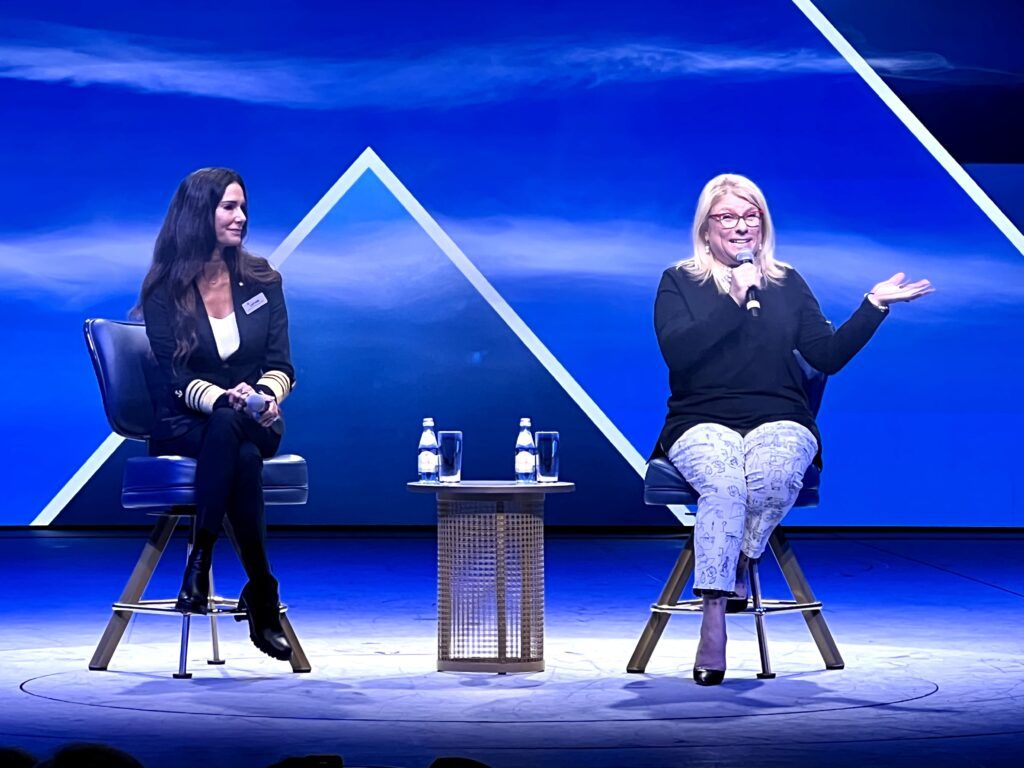
28. Guest Services
Guest Services is the department on the ship responsible for assisting passengers with their needs and inquiries. Most cruise ships have a Guest Services desk located in the atrium area that is easily accessible. Don’t be surprised to find a line of passengers here at any given time during the cruise.
29. Cabin Steward (or Stateroom Attendant)
The Cabin Steward or Stateroom Attendant is the crew member responsible for cleaning and maintaining the passenger cabins. Think of this person like a housekeeper at a hotel. This team member will replenish toiletries, towels, and linens in your room. They will also take care of any requests you may have and complete an evening turndown service on some cruise lines.
30. Porter
A porter is a crucial staff member on embarkation and disembarkation days. A porter will assist guests with their luggage at the cruise terminal. Typically, when you arrive at the ship, you will leave your larger bags with the porter and only take carry-on items onto the ship with you. They will then ensure the bags get delivered to your cabin later in the day.
Cruise Cabin Terminology
31. Double Occupancy
Double Occupancy refers to the standard rate of occupancy on a cruise ship. Unlike hotels, cruise ship fares are based on two guests per stateroom. This means that the advertised price for a cabin typically assumes that two guests will be sharing the room.
32. Guaranteed Cabin
A Guaranteed Cabin is a cruise ship cabin typically booked at a lower fare with the understanding that a cabin in the category you chose will be assigned to you by the cruise line closer to the sailing date. This means if you book a guaranteed balcony cabin, you will receive a balcony cabin or better, but you will not be allowed to choose the location or the exact room number.
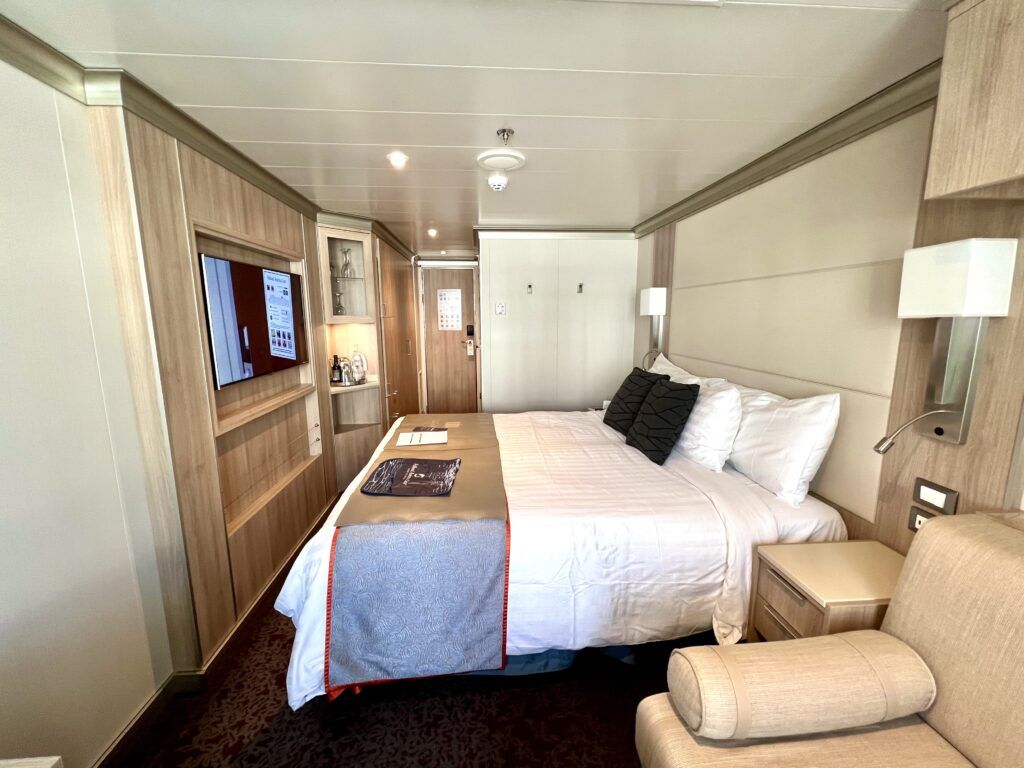
33. Inside Cabin
Inside Cabins are the most economically priced cruise ship cabins. Unlike a guaranteed cabin or a hotel room, cruisers can choose their exact room at the time of booking. As the name applies, these rooms are located on the interior of the ship and do not offer any view of the exterior. Further, these cruise ship staterooms tend to be the smallest double occupancy rooms on the ship.
34. Oceanview Cabin
An Oceanview Cabin is a cruise cabin with a window or porthole that offers a view of the ocean. However, these windows can not be opened. For the most part, the size and layout of these rooms are similar to inside cabins, just with a view of the outside world.
35. Veranda cabin
A Veranda Cabin is also referred to as a Balcony Cabin. By far, the most popular cruise cabin category on any ship is a balcony cabin. These staterooms feature private access to your own balcony. This outdoor space will usually come equipped with two upright chairs and a small table.
36. Solo cabins (Studio Cabins)
As mentioned previously, most staterooms are designed for double occupancy. A Solo Cabin, sometimes also referred to as a Studio Cabin, is designed specifically for solo travelers. These rooms are small but can save you a lot of money if you are cruising solo. Otherwise, you will often need to pay a single supplement. This is an additional fee that solo travelers must pay when booking a cabin that is designed for two guests.
37. Ship-Within-a-Ship
The most luxurious cabins on a cruise ship are suites. These rooms are larger and usually come with added perks. Many cruise lines feature special areas of the ship exclusively for these guests, sometimes referred to by the cruise lingo “ship within a ship”. These areas are designed so that guests never have to leave if they don’t want to- including sundecks, restaurants, lounges, bars, and more. NCL’s The Haven and MSC’s Yacht Club are two examples.
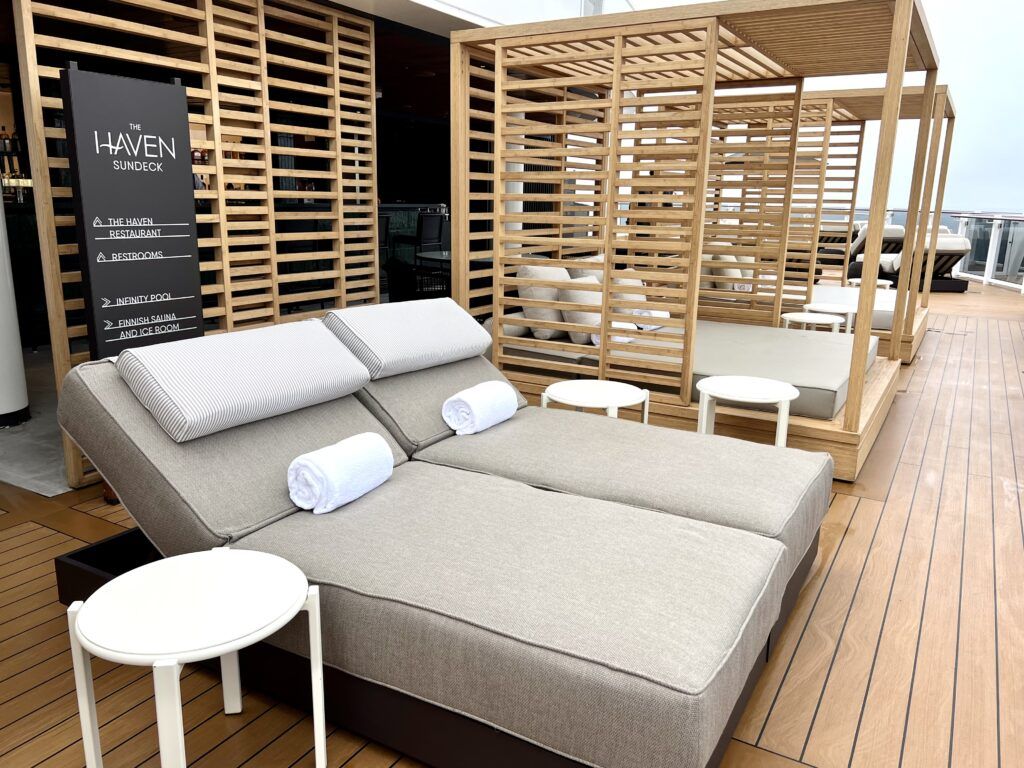
38. Pullman Bed
A Pullman Bed is a bed found in cruise ship cabins that offer greater than double occupancy. These beds are typically fold-down beds that are stored in the ceiling or wall when not in use. Your stateroom attendant will assemble this bed for you if there are third or fourth guests sailing in the cabin.
Cruise Lingo Used for Getting on and off the Ship
39. Gangway
A gangway is a ramp or stairway used to allow passengers to board and leave the ship. This moveable bridge connects to the dock and is usually adjustable in height to accommodate different water levels and ship heights.
40. Embarkation
Embarkation is the process of boarding a ship. Thus, Embarkation Day is the day the ship is accepting new cruisers for the next voyage. On your itinerary, embarkation day will be marked as Day 1. Once all cruisers are successfully on the vessel, the ship will set sail for its next destination, or the first port of call.
On embarkation day, it’s important to arrive at the terminal at your designated time and to have all essential items with you including your passport.
41. Disembark
Disembark means to leave the ship. Disembarkation Day is the saddest day of any cruise as it marks the end of vacation and a return to the real world. Disembarkation will begin once the ship has arrived back to its homeport, usually between 6 AM and 9 AM depending on the cruise line.
Guests can choose to complete a self-assist walk off. These guests will be the first off the ship but will need to take all their own luggage with them. Otherwise, guests will be called in a staggered fashion based on the luggage tags given to them the day before.
42. Port of Call
Ports of call are the destinations that the ship visits during the cruise. These ports will be listed on your cruise itinerary. During time in port, guests can disembark the ship to explore on their own or participate in organized shore excursions. The number of ports will vary and the amount of time spent in each port will also vary based on the itinerary.

43. Berth
The berth is the space where the ship is docked or anchored. Ports of call will have designated berths that are designed to accommodate larger cruise ships and allow passengers to disembark in the port.
44. Tender Port
If cruise berths are not available, the port will be designated as a tender port. A tender port is a port where the ship cannot dock and will anchor offshore. Passengers must then be transported to and from the ship via smaller boats.
45. Tender
A tender boat, also known as a tender, is a small vessel used to transport passengers from a cruise ship anchored offshore to a port of call that does not have a dedicated cruise berth or a deep enough harbor to accommodate the larger cruise ship. The ship’s lifeboats are often used as tenders to bring guests ashore. This process does take a little while so it’s important to plan excursions accordingly.
46. Port Charges
When booking a cruise, you might notice an added fee of port charges and taxes on the total fare. Port charges are fees paid to the port by the cruise line for the use of their facilities. The cruise line then passes this surcharge onto passengers. These fees are mandatory and are charged on a per person basis. The cost will vary based on the number of ports and the specific ports on the itinerary.

47. Shore Excursion
A shore excursion is a guided tour or activity that passengers can book while visiting ports of call. These tours can range from walking tours and city highlights, to food tours, to snorkeling, to various adventure activities like ziplining or ATVs. These shore excursions can be booked directly with the cruise line or through local vendors.
48. Ship Time
When going ashore, especially if you are not participating in a cruise-sponsored shore excursion, you will need to know what Ship Time means. This is the time on the ship, which may differ from the local time at the ports of call.
When cruise ships are visiting destinations in multiple time zones, they may not change the time on the ship at every location. Thus, when the cruise line provides a time to be back onboard the ship, it will always be in “ship time” so pay attention.
49. All Aboard Time
The All Aboard Time is the time passengers MUST be back onboard in order for the ship to set sail to its next destination. The All Aboard Time is usually a half hour before the ship’s scheduled departure time. It is extremely important that you adhere, otherwise you might be left behind.
Of note, if you are on a cruise-sponsored excursion that is running late due to traffic, the ship will wait for the tour to return; however, this is not the case if you are exploring on your own.
50. Pier Runners
Now, cue the pier runners. A Pier Runner is the cruise lingo given to passengers who are late arriving back to the ship. In an attempt to not miss the ship and incur expenses for getting to the next port on their own, these passengers run down the pier to catch the ship. Don’t be a pier runner, as you will most definitely be caught on camera and shared across social media!
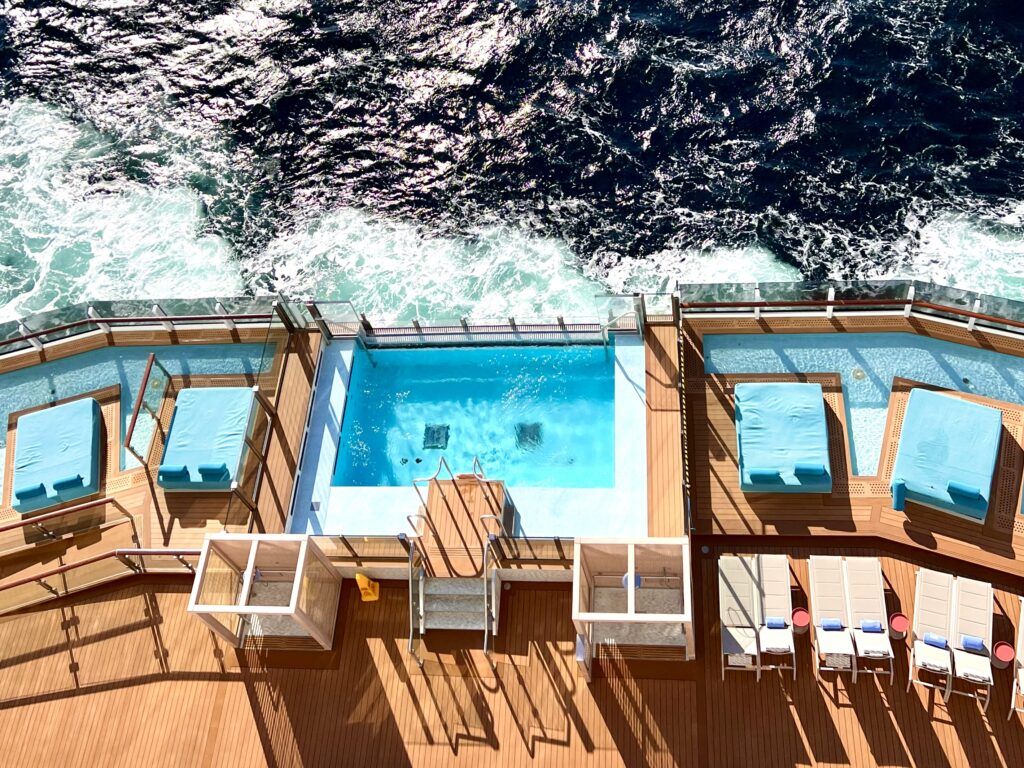
51. Sea day
Cruise sea days are the days when a cruise ship is at sea, traveling from one port to another without any stops. These days can be an enjoyable part of the cruise experience for many passengers, as they provide a chance to relax and unwind while enjoying the various onboard activities and amenities.
52. Turnaround day
Turnaround Day is the day the ship arrives back at its homeport and prepares for the next group of passengers to embark. This is a stressful day for the staff, especially the stateroom attendants, as they need to clean and change everything over for the next set of passengers in a very short amount of time. So, be courteous and leave your room by the time requested on the morning of disembarkation.
53. B2B Cruiser
If you are a B2B (back-to-back) cruiser, you will still need to participate in an abbreviated version of turnaround day. B2B Cruisers are those sailing on two or more consecutive voyages on the ship. Passengers staying on the ship will still need to clear customs in the terminal, receive a new cruise card, and then re-board the ship. Unlike disembarking passengers, they do not need to take all their luggage with them; staff will take care of moving their belongings to their new stateroom if applicable.
54. Repositioning Cruise
In simple terms, a Repositioning Cruise is a voyage that begins and ends in a different location with the purpose of moving the ship to this new location. Repositioning cruises typically occur when cruise seasons change. For instance, some ships in the Caribbean move to Europe for the summer season. Other ships reposition to Alaska for the summer season.
A transatlantic cruise travels between Europe and North or South America. Obviously, the cruise ship will sail across the Atlantic Ocean. These cruises can be a repositioning cruise; though, some lines sail this route regularly like Cunard.
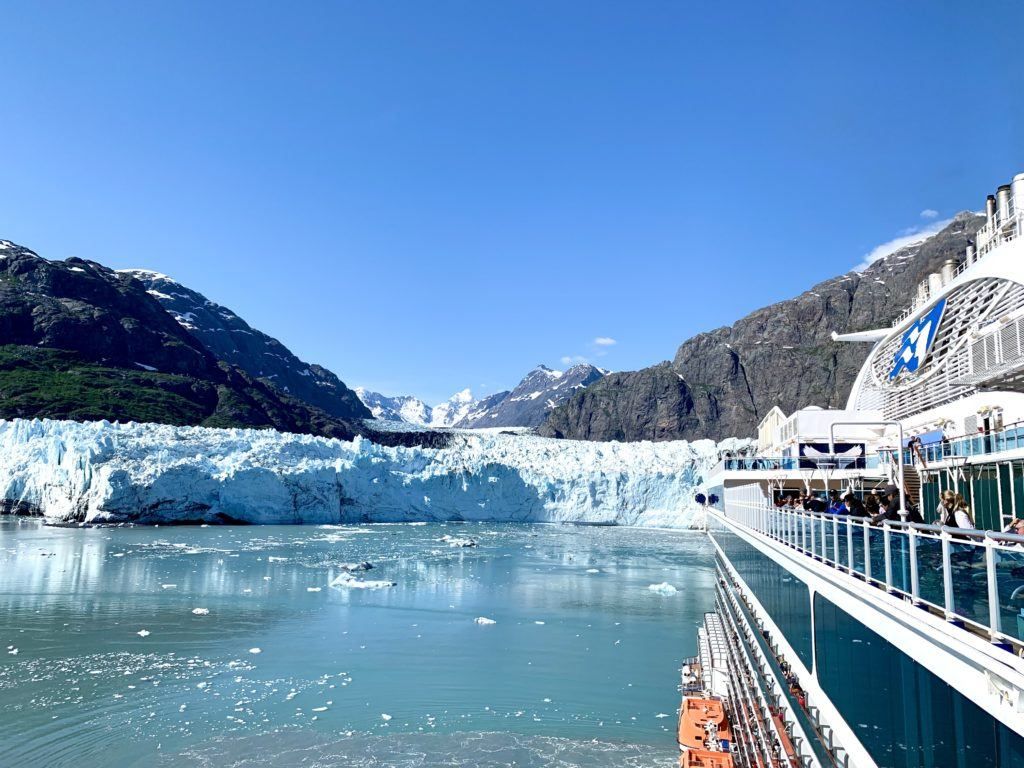
55. Shoulder Season
When it comes to cruise lingo, the term Shoulder Season is often used when referring to seasonal cruise ports like Alaska. The shoulder season is the beginning or end of the season. In terms of cruising these seasonal destinations, the shoulder seasons usually provide the cheapest prices and fewest crowds. While the weather might be a bit unpredictable, this is an ideal time to travel for many cruisers.
Onboard Cruise Lingo
56. Cruise Card
A cruise card, also known as a key card, is a small plastic card issued to each passenger on a cruise ship. The card serves as a key to your stateroom, as well as identification when getting on and off the ship at ports of call. This card is also how you will pay for all purchases while onboard the ship. Some cruise lines have wearable devices that replace this key card, like Princess Cruises’ Medallion or Virgin Voyages’ The Band.
57. Formal Night
While some cruise lines are doing away with this cruise tradition, many cruise lines still have at least one formal night. Formal Night, also referred to as “elegant night”, “evening chic”, etc., is a special dress-up evening on the ship. It’s when you can don your finest attire, attend a Captain’s Toast, take some photos, and maybe enjoy some lobster in the main dining room.
58. Freestyle Cruising/Dining
While most cruise line’s still have traditional main dining rooms with an early and late seating, many are starting to offer more flexible options in addition. Norwegian Cruise Line was the pioneer of Freestyle Cruising. This type of cruising doesn’t have fixed dining times or table arrangements, meaning that cruisers can choose when, where, and with whom they want to dine each evening. Other cruise lines now have similar options like “My Time Dining”, “Dine Anytime”, etc.
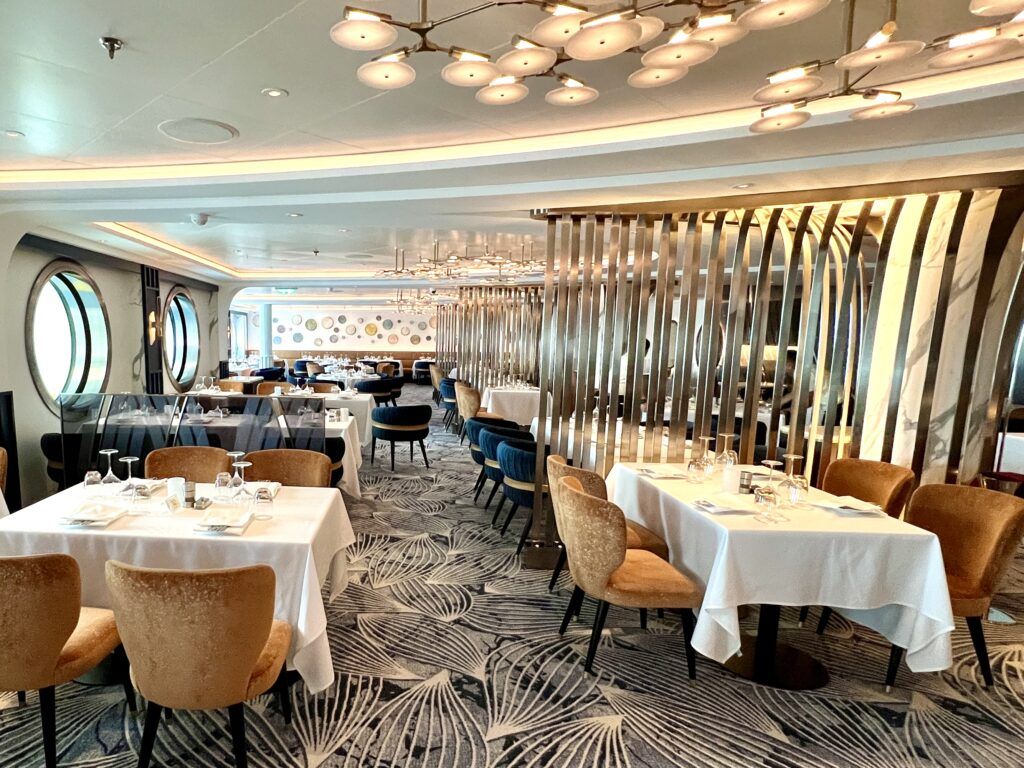
59. Cruise Gratuities
If you are new to cruising, you should know that not everything is included in your cruise vacation. In addition to your cruise fare, there are other services charges for which you will need to budget, including cruise gratuities.
Cruise Gratuities are a per person, per day dollar amount that are charged to all guests across all stateroom categories. These charges serve as a means to reward the hard-working crew for the excellent service provided during your cruise vacation.
60. Onboard Credit (OBC)
Cruise Onboard Credit, referred to as OBC in cruise lingo, is essentially “free money” to use on your cruise vacation. This credit can be obtained a variety of ways and can be spent onboard the ship on most cruise experiences. Some cruise lines even allow you to apply this onboard credit when purchasing items pre-cruise in your online cruise planner.
61. MDR
MDR is the abbreviation cruisers use when referring to the Main Dining Room on a cruise ship. On all cruise ships, the MDR is complimentary to all passengers. The main dining room(s) is always open for dinner, serving a multi-course rotational menu. It can be open for select hours for breakfast and lunch as well.
If you opt for traditional dining, you will be assigned to an early or late dinner time at the same table with the same waitstaff every night of the cruise.
62. Specialty Dining
While there are many dining venues covered in the standard cruise fare, cruise lines also offer up-charge dining options and experiences referred to as specialty dining. These restaurants can range from steakhouses, to Italian trattorias, to sushi and hibachi, to seafood-centric restaurants, and other experiential venues. While they do cost money, these specialty dining experiences offer upscale service and menu options making for a special night out.
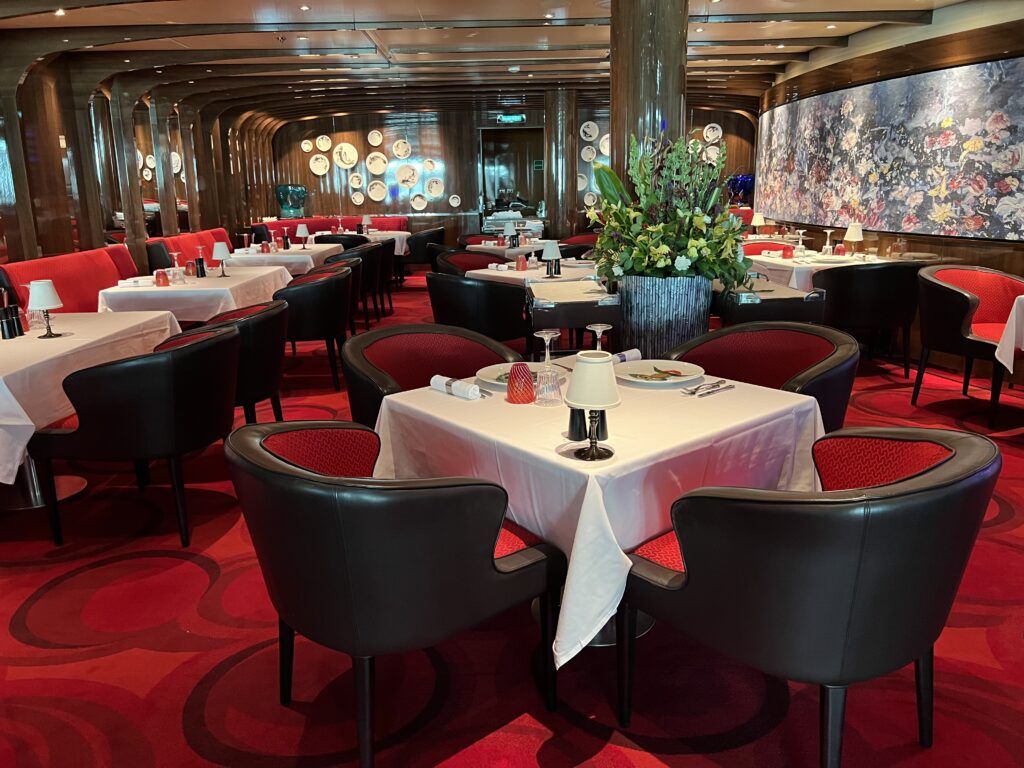
63. Lanyard
A lanyard is a neck strap that many passengers wear on a cruise ship to hold their cruise cards. Since having easy access to this card is essential, many cruisers enjoy the convenience of a lanyard. Having one that you can detach at the bottom is a bonus to pass off to staff when ordering drinks, etc. Another popular option to store your cruise card is an adhesive pocket on your cell phone.
64. Towel Animal
Towel Animals are often made by stateroom attendants by folding towels into various shapes such as elephants, monkeys, or swans. These creations are left in your cabin during it’s daily cleaning or turndown service. While some might think this tradition is a bit tacky, we enjoy receiving these special surprises in our stateroom.
65. All-Inclusive Cruise
While cruises are a great value, not everything is included in the price of the cruise fare unless you are sailing with a luxury cruise line. Add-ons typically include things like specialty coffee, alcoholic beverages, specialty dining, shore excursions, WiFi, etc.
However, more and more cruise lines are beginning to offer All-Inclusive Cruise packages. These typically include a drink package, gratuities, and WiFi. Some packages might even include additional perks.
Now that you know the terminology, it’s time to start planning your perfect cruise vacation. When it comes to cruise lingo though, just don’t forget: It’s a ship NOT a boat!
BOOK NOW: Score Exclusive Savings on Your Next Cruise!
Comments
Do you have any other important cruise lingo to add to this list? What terms and slang should first time cruisers know before setting sail? Drop us an anchor below to share your insider info.


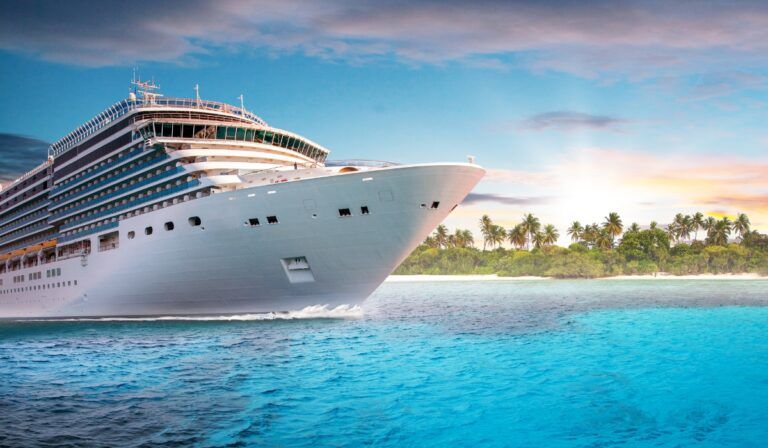

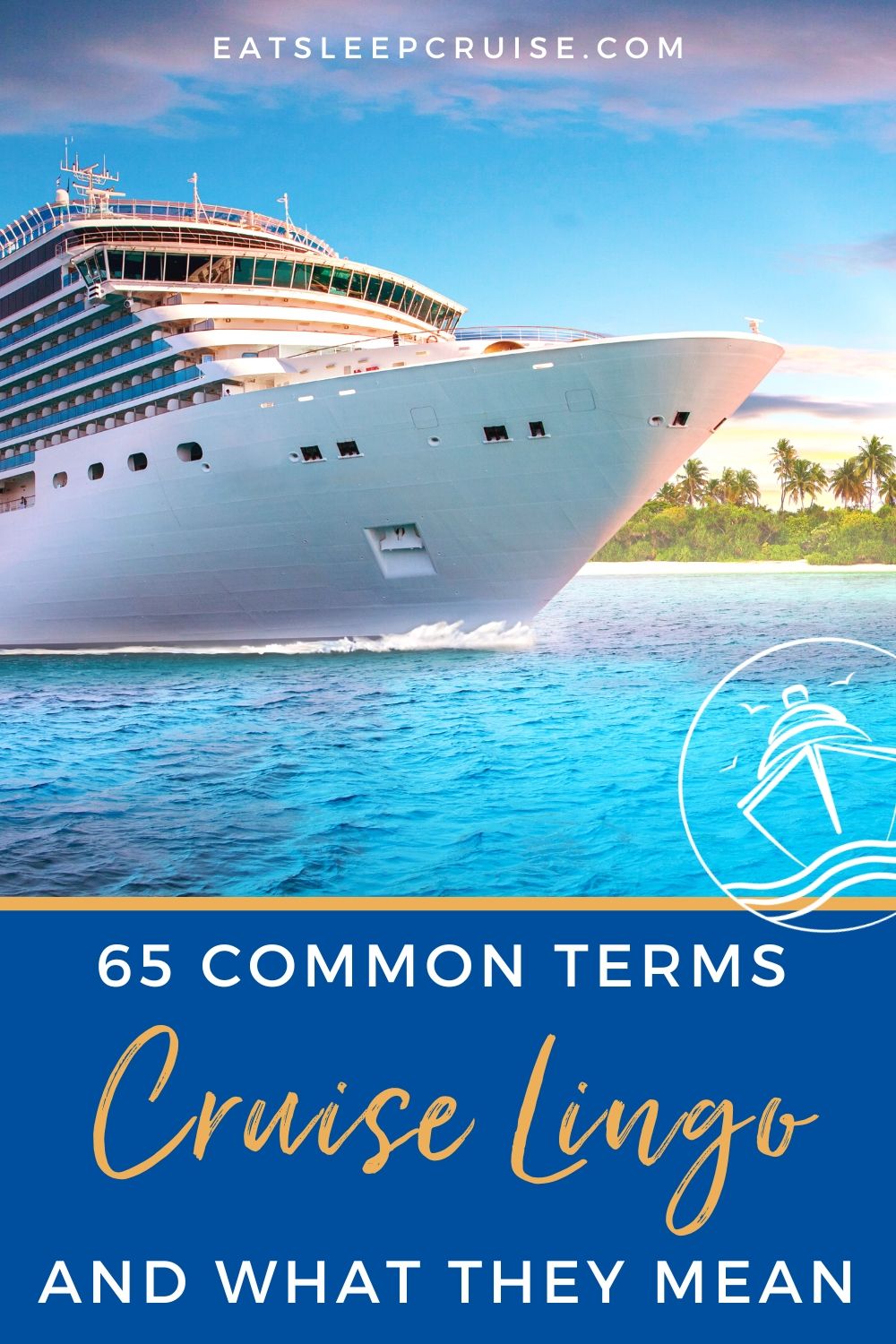
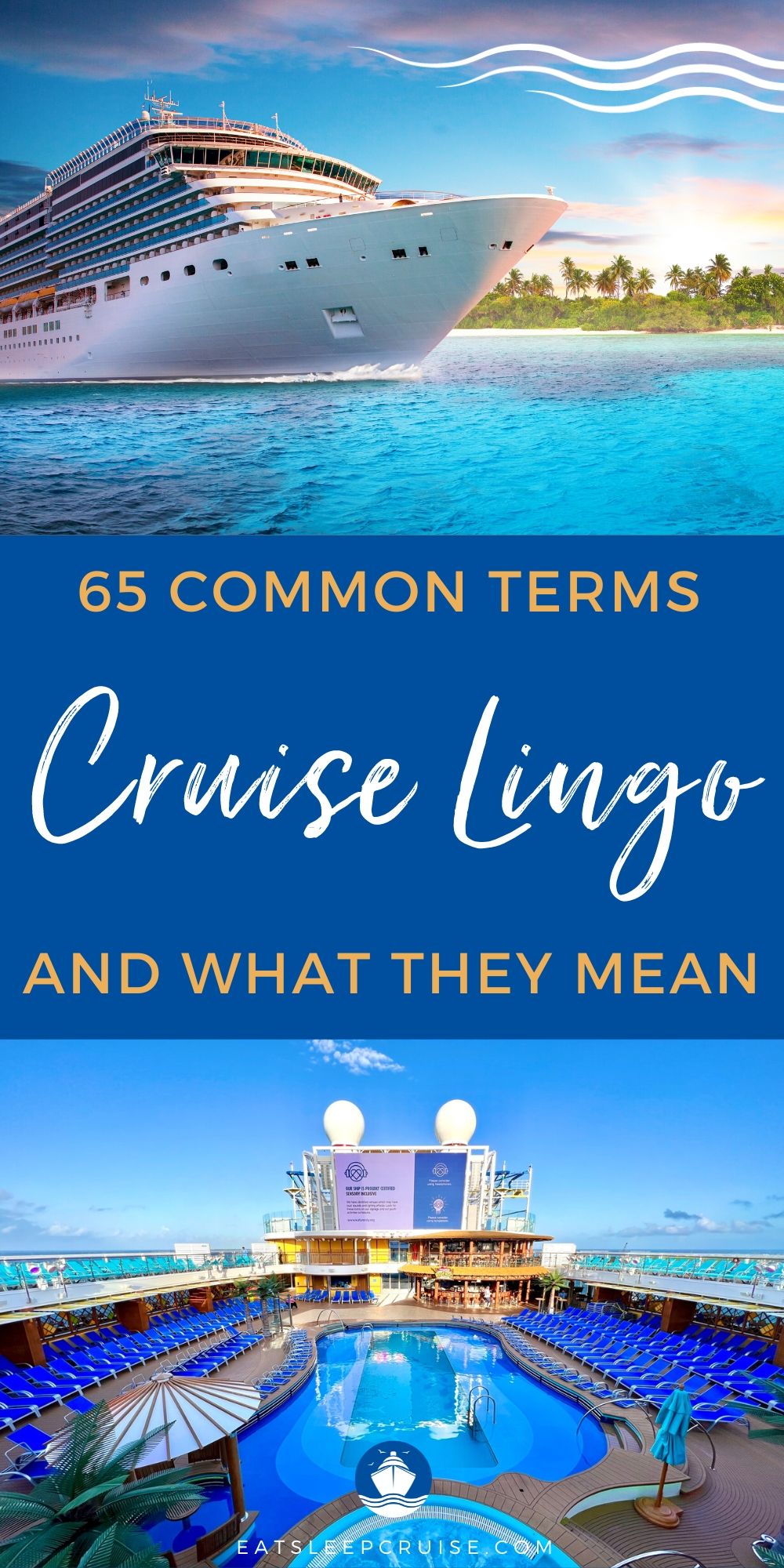
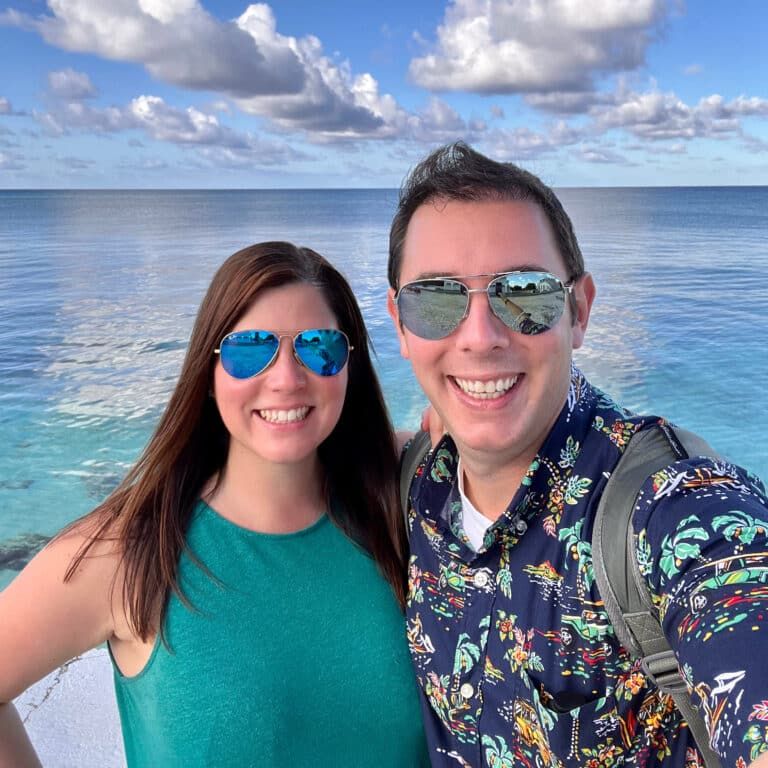

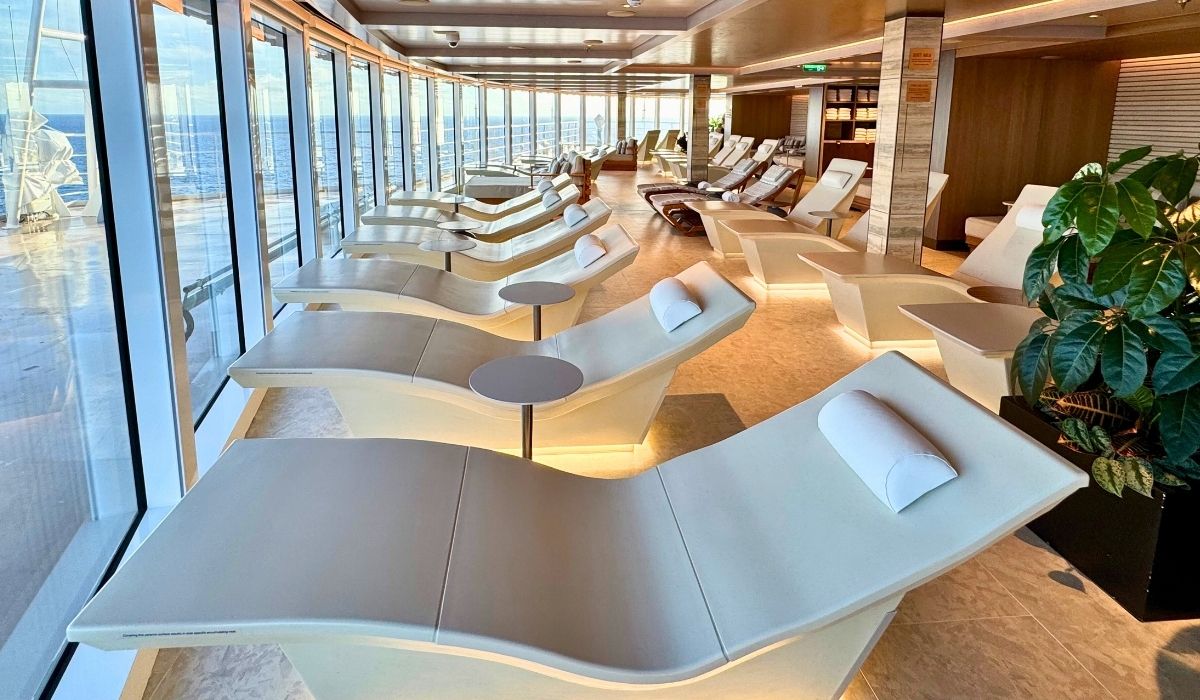
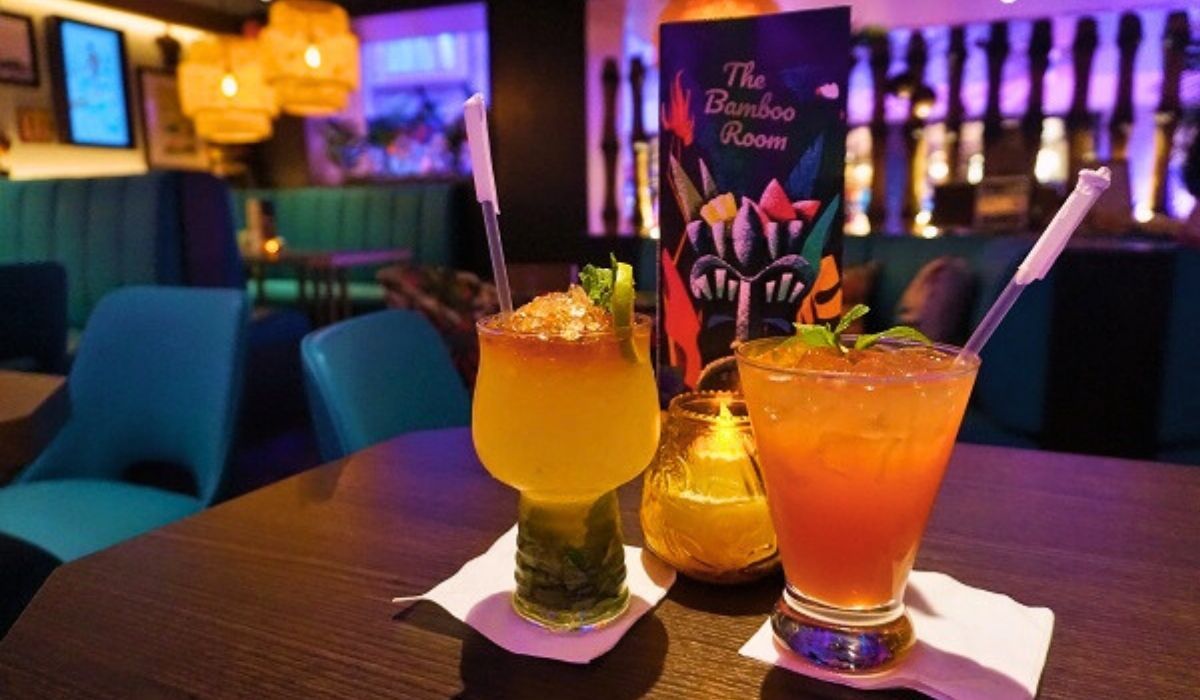

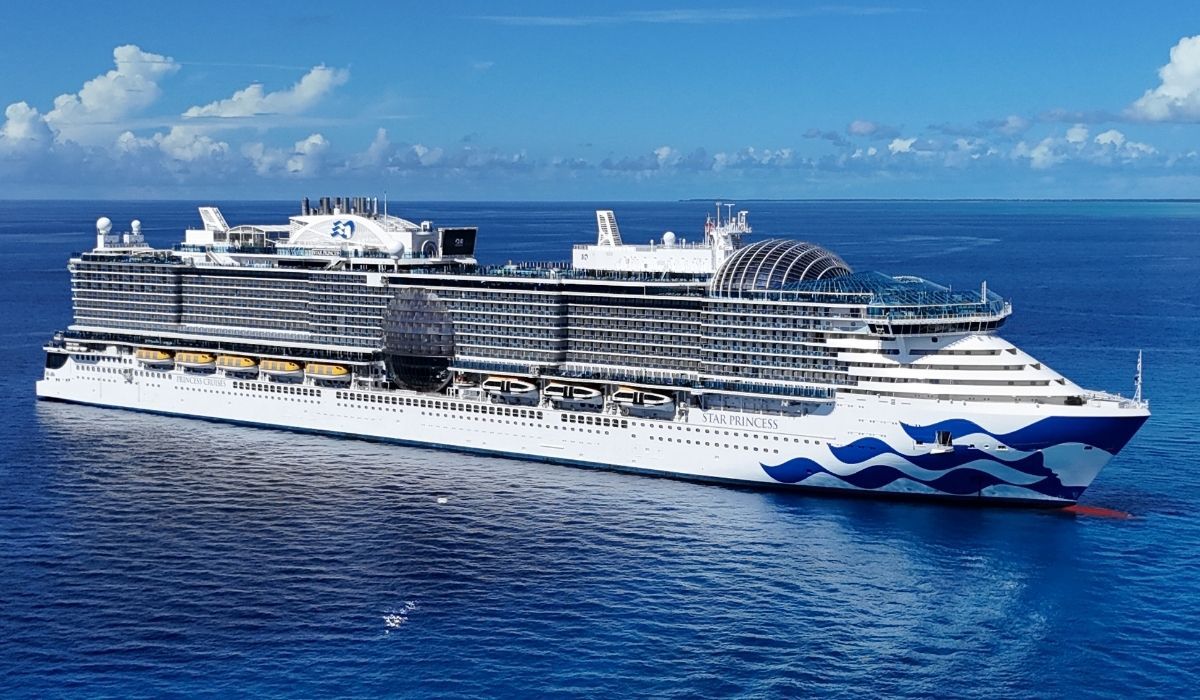
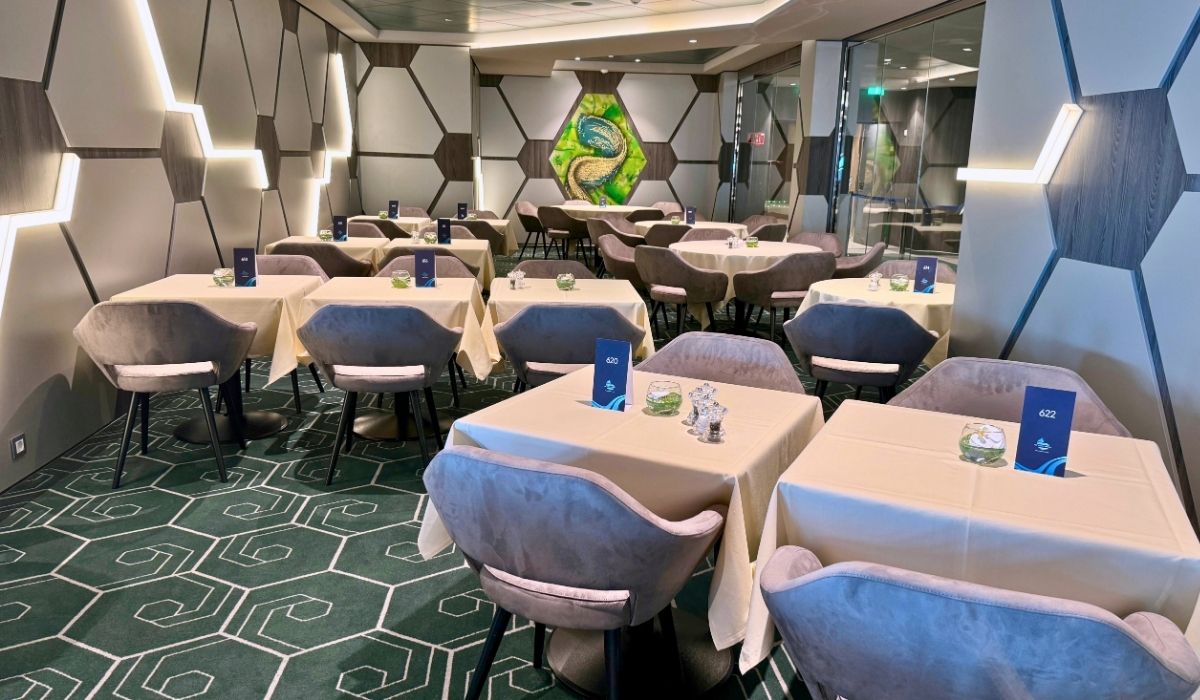

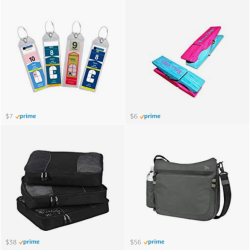
1 comment